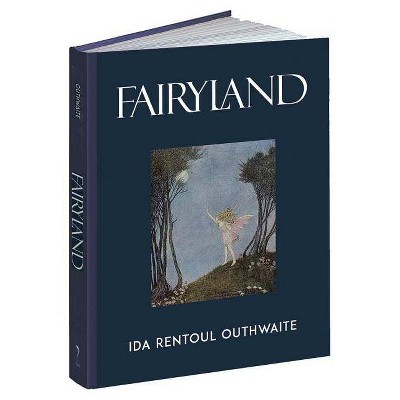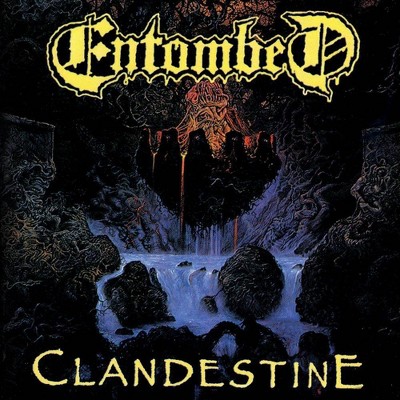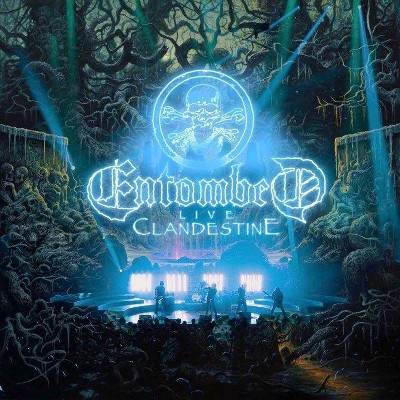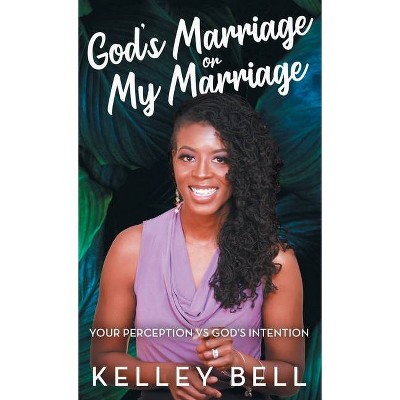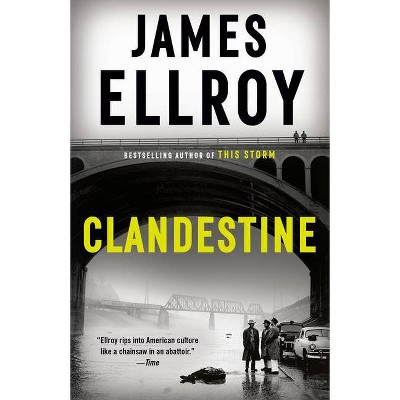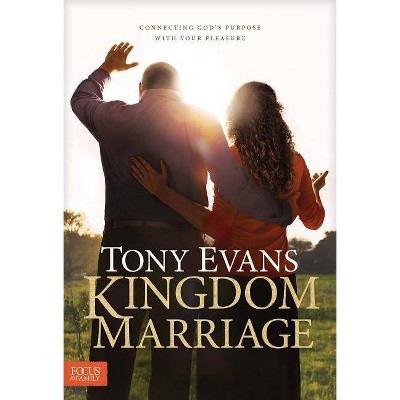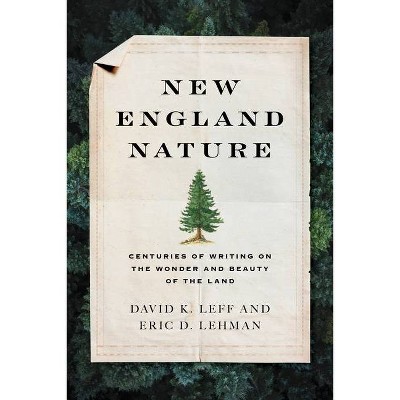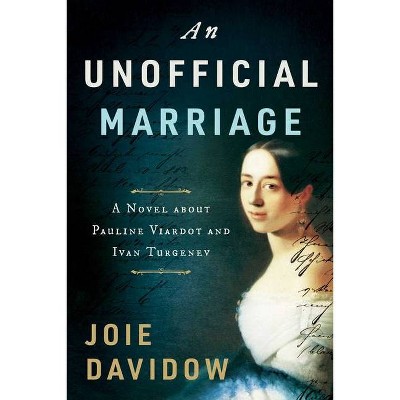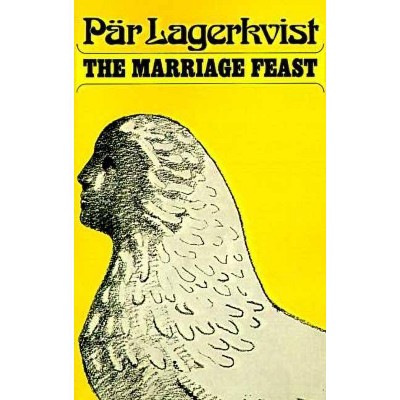Clandestine Marriage in England, 1500-1850 - by R B Outhwaite (Hardcover)
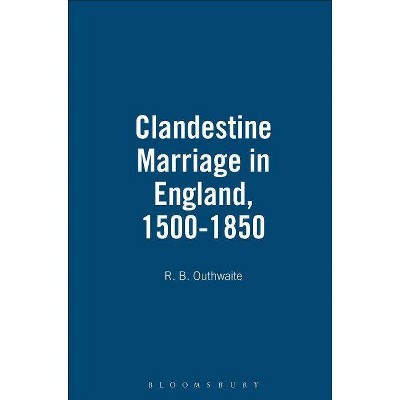
Similar Products
Products of same category from the store
AllProduct info
<p/><br></br><p><b> Book Synopsis </b></p></br></br><p>While marriages were supposed to be celebrated publicly by priests, in churches where the parties were known, many couples had reasons -- among them parental disapproval, religious nonconformity, property considerations and previous entanglements -- to marry in other ways. Nor was this difficult where there was no unified marriage code, where a simple exchange of vows might constitute a valid marriage, and where unbeneficed priests were prepared to perform the ceremony in return for a drink. <p/>Clandestine marriage had represented a problem to the church and state, and to the rights of property, since the middle ages, eluding a variety of attempts to control it. By the eighteenth century it had become a scandal, with Fleet parsons marrying thousands of couples a year. In 1753 Lord Hardwicke's Marriage Act nullified such irregular marriages, only to drive them to adopt other guises until the introduction of civil marriage in 1836. <p/>In this intriguing book Brian Outhwaite explores the nature and scale of clandestine marriage. He describes why it attracted so many customers and why it was so hard to suppress. <i>Clandestine Marriage in England, 1500-1850</i> provides a new perspective on a central social and religious institution.</p>
Price History
Price Archive shows prices from various stores, lets you see history and find the cheapest. There is no actual sale on the website. For all support, inquiry and suggestion messagescommunication@pricearchive.us
